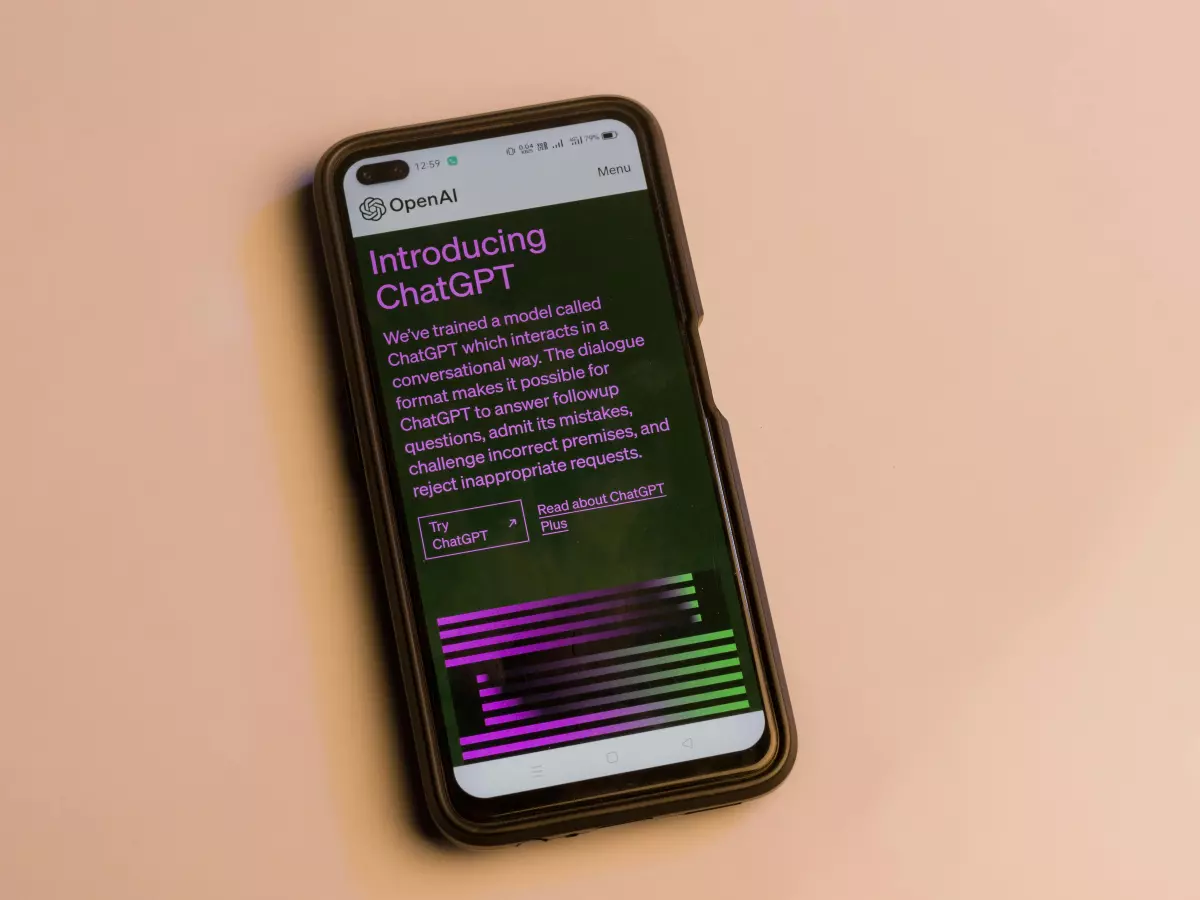AI's Open-Source Revolution
What if I told you that the future of AI isn't locked behind corporate walls, but is freely available to anyone with an internet connection? Sounds wild, right? But that's exactly what's happening with open-source AI tools. They're not just here to stay—they're here to dominate.

By Alex Rivera
For years, the tech giants—Google, Microsoft, NVIDIA—have been the gatekeepers of cutting-edge AI. But now, the game is changing. Open-source AI tools are popping up faster than you can say 'machine learning,' and they're doing things that were once thought impossible. Take, for example, a tool that was built in just one day and is already challenging Google's NotebookLM. This open-source AI converts PDFs into podcasts, making it easier than ever to consume information on the go. It's like having your own personal audiobook narrator, but for everything you read. And the kicker? It's free.
But that's just the tip of the iceberg. Open-source AI isn't just about convenience—it's about democratization. It's about giving everyone, from hobbyists to professionals, the tools they need to innovate. And it's happening fast. According to VentureBeat, this AI tool was developed in a single day. A day! That’s the kind of rapid development that’s turning heads and making people wonder: What else can open-source AI do?
The Rise of Multimodal Models
Enter NVIDIA's latest creation: NVLM 1.0. This isn't just another AI model—it's a multimodal large language model (LLM) that excels at both text and vision tasks. In other words, it can 'see' and 'read' at the same time. Think of it like a supercharged version of ChatGPT, but with eyes. NVIDIA’s NVLM 1.0 is open-source, and it's already outperforming many of its competitors in both text-based and vision-language tasks. The model weights are available on Hugging Face, and the training code is set to be released soon, making it accessible to developers and researchers worldwide.
Why is this important? Because multimodal models are the future of AI. They allow machines to understand the world in a more holistic way, combining visual and textual data to make better decisions. Imagine an AI that can read a medical report and analyze an X-ray simultaneously. Or one that can scan a legal document and cross-reference it with a database of images. The possibilities are endless, and open-source models like NVLM 1.0 are paving the way for these innovations.
Why Open-Source Matters
So, why is open-source AI such a big deal? For starters, it levels the playing field. In the past, only big companies with deep pockets could afford to develop and train advanced AI models. But with open-source tools, anyone can get in on the action. Whether you're a startup looking to disrupt an industry or a student working on a passion project, open-source AI gives you the resources you need to compete.
Another reason open-source AI is so important is transparency. When a model is open-source, anyone can look under the hood and see how it works. This is crucial for building trust in AI systems, especially as they become more integrated into our daily lives. With open-source models, we can ensure that AI is being used ethically and responsibly.
The Challenges Ahead
Of course, open-source AI isn't without its challenges. One of the biggest hurdles is ensuring that these tools are used for good and not for harm. With great power comes great responsibility, and open-source AI is no exception. There’s always the risk that bad actors could use these tools to create deepfakes, spread misinformation, or even develop autonomous weapons. That’s why it's essential for the AI community to work together to establish guidelines and best practices for the responsible use of open-source AI.
Another challenge is scalability. While open-source AI tools are incredibly powerful, they often require significant computational resources to run. Not everyone has access to the kind of hardware needed to train and deploy these models effectively. However, cloud-based solutions are making it easier for individuals and small teams to leverage the power of open-source AI without breaking the bank.
The Future is Open
So, where do we go from here? The future of AI is looking more open than ever. As more companies and developers embrace open-source tools, we can expect to see even more rapid advancements in the field. From multimodal models like NVLM 1.0 to AI-powered podcasts, the possibilities are endless.
But perhaps the most exciting thing about open-source AI is the potential for collaboration. When the code is open, anyone can contribute, and innovation can happen at lightning speed. We're already seeing this with projects like Hugging Face, where developers from around the world are working together to push the boundaries of what's possible with AI.
In the end, open-source AI is more than just a trend—it's a movement. It's about breaking down barriers, fostering innovation, and creating a future where AI is accessible to all. And if the rapid development of tools like NVLM 1.0 and AI-powered podcasts is any indication, that future is closer than we think.
So, next time you hear about a new AI tool, don't be surprised if it's open-source. After all, the future of AI isn't just in the hands of a few tech giants—it's in the hands of anyone with a passion for innovation.





